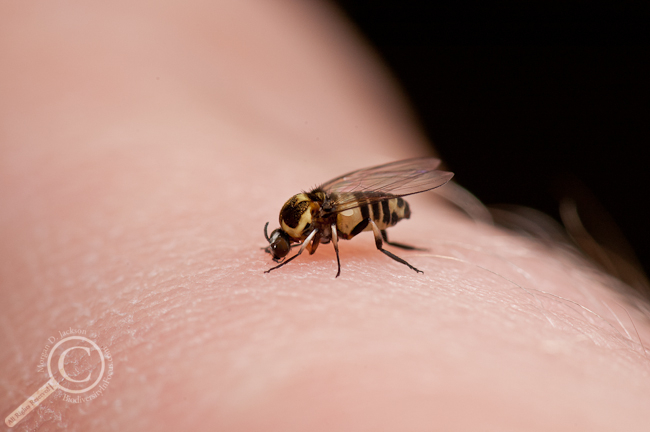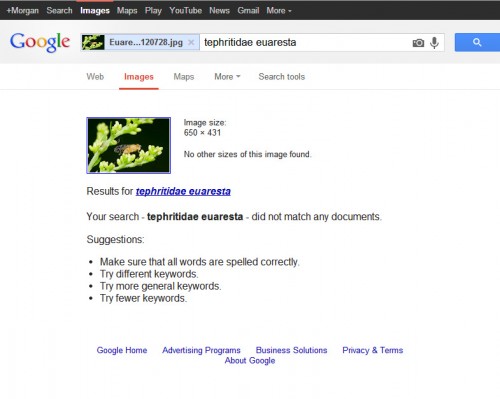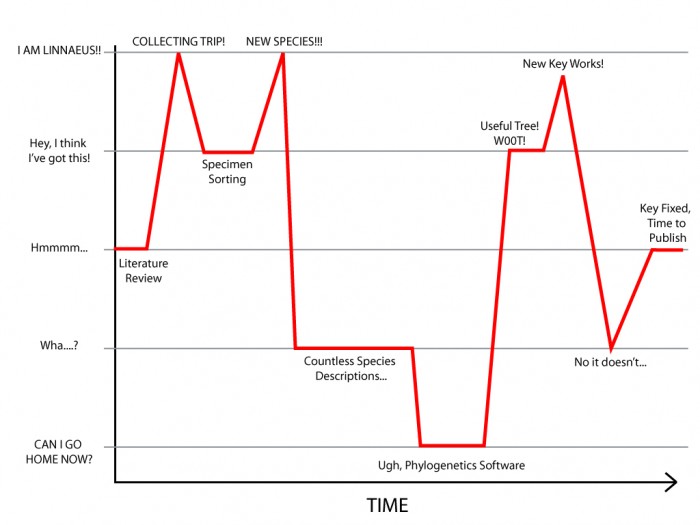As has become tradition in the University of Guelph Insect Systematics Lab, when Halloween rolls around, we pull out the knives & hand tools and make a trip to the produce aisle to get ready for a new Ent-O-Lantern. This year our lab is considerably smaller than in the past (4 grad students, an enthusiastic undergrad, and a significant other), but what we lacked in sculptors, we made up for with dedication!
So what was this year’s creation? Behold, a nightmare for social wasps everywhere, the Spooky Strepsiptera!

Spooky Strepsiptera looking for love in all the right places — Ent-O-Lantern 2013
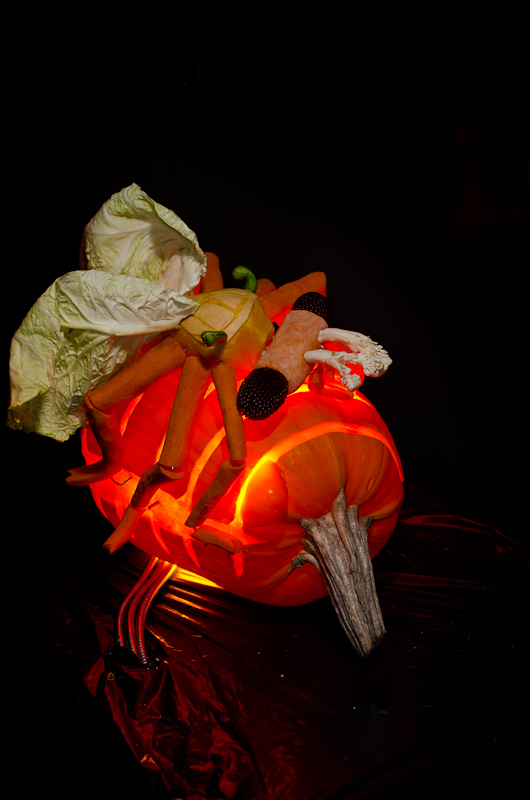
That pumpkin wasp doesn’t stand a chance with a strepsipteran salad hanging around — Ent-O-Lantern 2013
The big male twisted-wing parasite riding atop a poor wasp’s abdomen is in search of females, who spend their lives wedged beneath the tergites of a social wasp’s abdomen, only to be consumed from the inside out by their own progeny! Yes, everything about the Strepsiptera is nightmare fodder.
Strepsiptera are also renowned for their odd wing morphology; males have a single pair of functional wings while their second pair of wings have evolved into haltere-like knobs, similar to true flies in the order Diptera. Unlike flies however, the functional wings of Strepsiptera are the hind wings, while the fore wings form the haltere-like knobs!
Needless to say, there was a lot to take into consideration when putting together this pumpkin. Here’s the ingredient list and a fully lighted photo to show how it all went together.
Pumpkin – carved to look like a wasp abdomen
Orange Bell Peppers – female Strepsiptera poking out from under the pumpkin tergites
Butternut Squash – thorax and abdomen of the male, carved with great care to show tergites & segments
Sweet Potato – head
Ornamental corn – compound eyes
Cauliflower – filiform antennae
Dried Mango Slices – maxillary palps
Carrots – legs (jointed with wire)
Cabbage – “twisted” functional hind wings which give this order their common name
Bell Pepper stems – fore wing “halteres”

Ent-O-Lantern 2013 Construction
We just do these big creations for fun, but our department also held a pumpkin carving social event at lunch, so we washed off our tools and put together a true horror show from a single pumpkin: Frankendrosophila!
Well, not really Frankendrosophila, just a Drosophila who’s been subjected to some genetic tinkering with his Homeobox transcription genes, resulting in Antennapedia! SCIENCE!

Drosophila Antennapedia Horror show for Ent-O-Lantern 2013
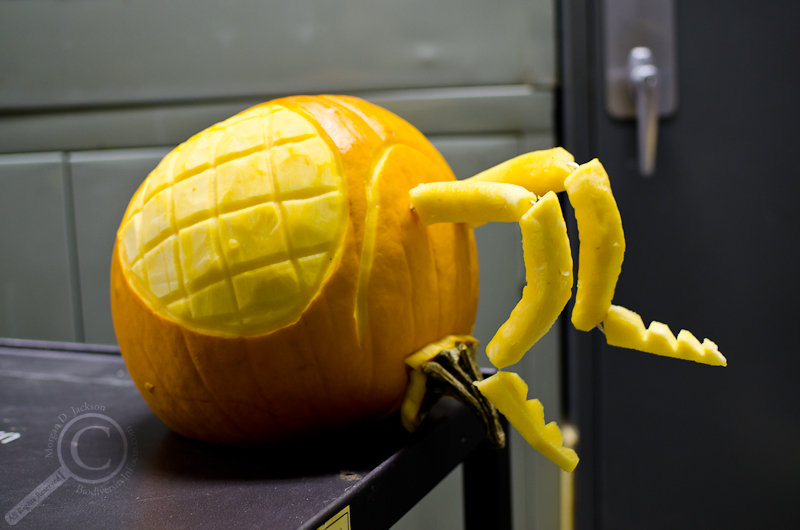
Antennapedia in the light — Ent-O-Lantern 2013
Thanks to Meredith, Nichelle, Grace, Jordan & Steve for getting into the spirit of the season and putting together 2 awesome Ent-O-Lanterns this year!
Did you carve an Ent-O-Lantern this year? Leave a link in the comments below so we can all marvel at your insect geek pride!
